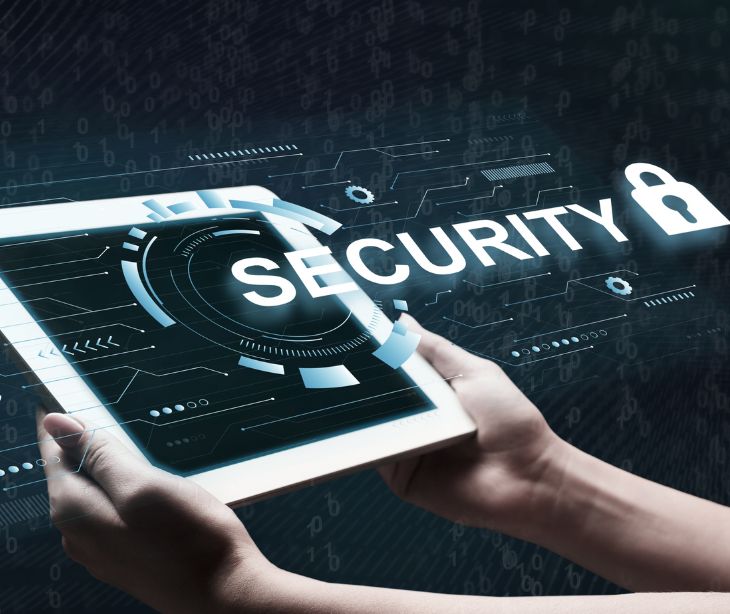
One of our customers recently asked about our ability to provide them with SIEM integration.
This post will explain what SIEM is and how organizations can benefit from it.
See also: HIPAA Compliant Email: The Definitive Guide
SIEM
Security Information and Event Management (SIEM) is a security solution that collects and analyzes data from various sources in real-time to identify and respond to potential security threats. The goal of SIEM is to provide organizations with a centralized view of their security posture, allowing them to quickly detect and respond to security incidents.
SIEM components
SIEM is typically composed of two main components: security information management (SIM) and security event management (SEM). SIM is responsible for collecting and storing security-related data from various sources, such as network devices, servers, and applications. SEM, on the other hand, is responsible for analyzing this data in real-time to identify potential security incidents.
SIEM benefits
One of the key benefits of SIEM is its ability to detect and respond to security threats in real-time. By collecting data from multiple sources and analyzing it in real-time, SIEM can detect anomalies and suspicious activity that may indicate a security incident. This allows organizations to quickly respond to potential threats and minimize the impact of a security incident.
Another benefit of SIEM is its ability to provide a centralized view of an organization's security posture. By collecting data from multiple sources, SIEM can provide a comprehensive view of an organization's security status, including information on vulnerabilities, threats, and security incidents. This allows organizations to make informed decisions about their security posture and identify areas where improvements are needed.
SIEM is also useful for compliance and regulatory requirements. SIEM solutions can collect and store security-related data for long periods of time, which can be useful for compliance with regulations such as the General Data Protection Regulation (GDPR) and the Health Insurance Portability and Accountability Act (HIPAA). SIEM can also help organizations meet compliance requirements by providing the necessary data and reports for audits.
However, SIEM is not a silver bullet solution and requires proper configuration, maintenance, and tuning. SIEM solutions can generate a large amount of data, and without proper tuning, it can be overwhelming to manage and analyze. To ensure SIEM is used effectively, organizations should have a clear understanding of their security requirements and goals, as well as proper training for their SIEM team.
Conclusion
In conclusion, Security Information and Event Management (SIEM) is a powerful security solution that can help organizations detect and respond to potential security threats in real-time. It provides a centralized view of an organization's security posture, which allows organizations to make informed decisions about their security posture.
SIEM also helps organizations meet compliance and regulatory requirements by providing the necessary data and reports for audits. However, it is important to understand that SIEM requires proper configuration, maintenance, and tuning to be effective.
Subscribe to Paubox Weekly
Every Friday we'll bring you the most important news from Paubox. Our aim is to make you smarter, faster.



 Hoala Greevy
Hoala Greevy


